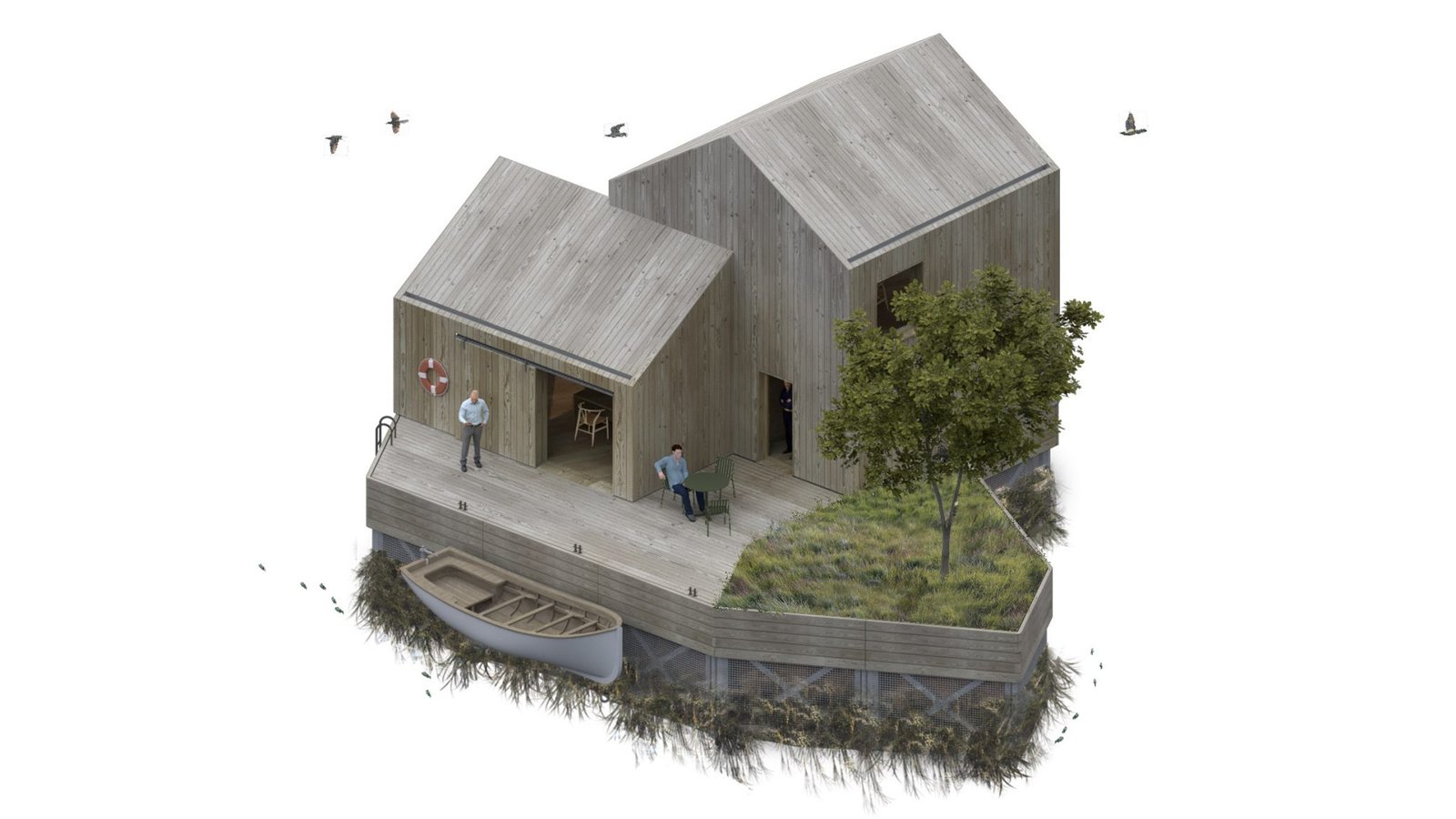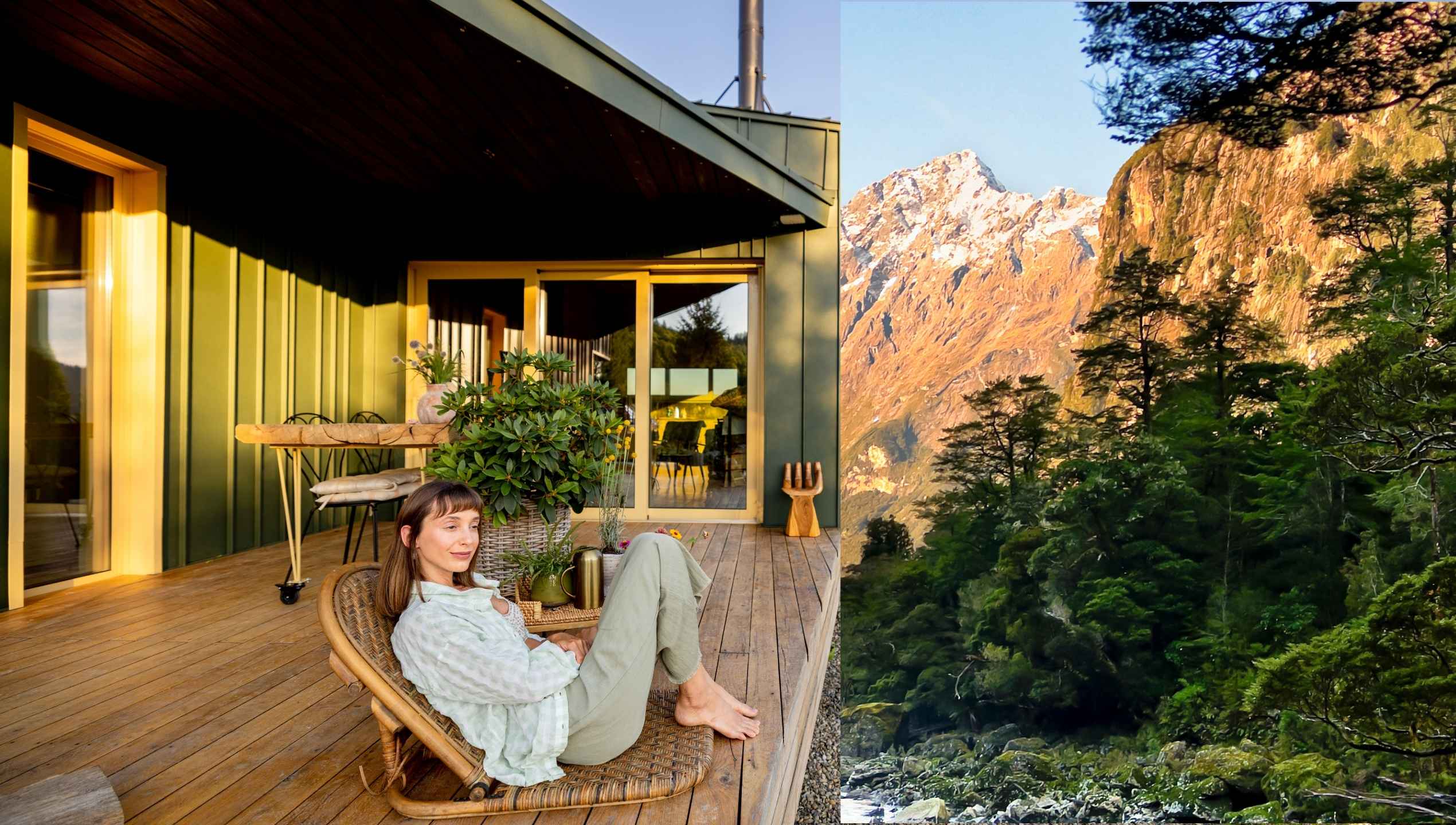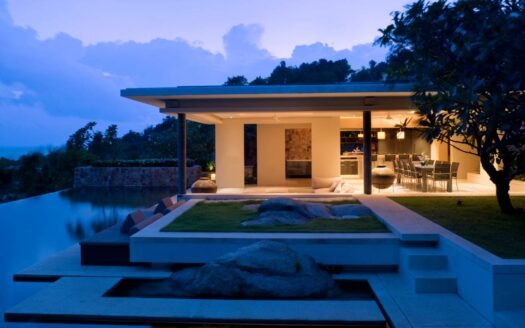Danish Studio Revolutionises Floating Architecture with Ingenious Flat-Pack System
Danish maritime architecture studio MAST has unveiled Land on Water – a brilliantly conceived modular system that promises to transform the construction of floating buildings through enhanced flexibility and sustainability credentials that put traditional methods to shame.
The Copenhagen-based MAST system employs modular containers designed to accommodate various floatation elements, borrowing conceptually from gabion cage construction methodology but adapting it for aquatic environments. Manufactured from recycled reinforced plastic, these flat-pack modules offer unprecedented transportability and can be configured into diverse arrangements suitable for multiple building typologies.
Beyond Conventional Limitations
“We’ve developed a totally new system for building almost anything on water,” explains architect Marshall Blecher, who founded MAST alongside maritime designer Magnus Maarbjerg. “We think that a system like ours could, in the future, provide a way of organically developing large communities on water.”
The innovation addresses fundamental shortcomings in existing floating foundation systems – whether plastic pontoons, steel pontoons, or polystyrene-filled concrete foundations. Current solutions impose significant restrictions on aquatic construction, with steel and concrete floats proving difficult to transport and often requiring toxic anti-fouling treatments, while plastic alternatives remain limited to smaller structures.
Intelligent Adaptability
MAST’s system distinguishes itself through local resource integration – the recycled plastic cages accommodate locally sourced floatation materials, from recycled fishing industry buoys to repurposed plastic containers. This approach transforms shipping logistics while enabling compatibility with structures of varying scales and weights.
The system’s true sophistication lies in its adaptability: floatation materials can be adjusted or supplemented as building weights change or weight distribution shifts, providing unprecedented flexibility for evolutionary development projects.
Blecher and Maarbjerg’s vision extends beyond individual structures toward climate-resilient, biophilic communities – a measured alternative to grandiose floating city proposals that often ignore human-scale considerations.
“They repeat many of the mistakes that urban designers made in the 1930s, 40s, and 50s, when they designed megacities without much consideration of the small scale,” Blecher observes of large-scale floating city visions like BIG’s Oceanix City.

Market Implications
For property investors monitoring emerging residential typologies, MAST’s innovation signals sophisticated solutions to climate adaptation challenges. The system’s potential applications – from floating parks and cafes to residential developments – suggest new investment categories that combine environmental resilience with lifestyle appeal.
The project represents more than architectural innovation; it’s property development reimagined for an era where rising sea levels and climate volatility demand fundamentally different approaches to waterfront living.
MAST plans to demonstrate their prototype at the UIA World Congress of Architects in Copenhagen, marking a significant step toward commercializing floating architecture that’s both environmentally intelligent and economically viable.
Explore more property innovations and market insights on our blog, or discover our current properties that embrace sustainable luxury.
Source: Dezeen
Ready to own that dream property?
Get in touch with our team to secure your share today.



